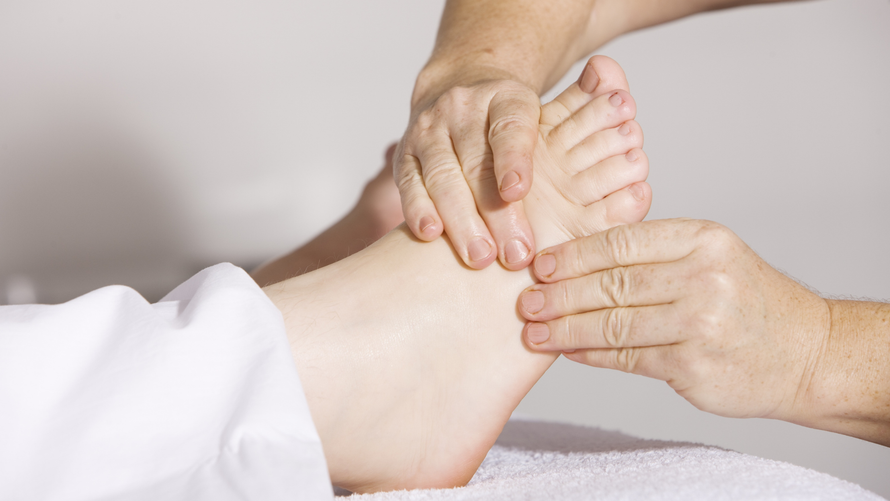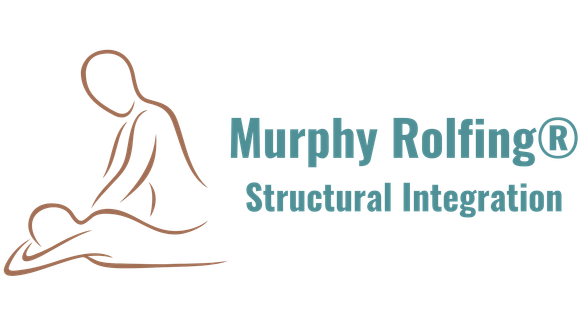THE FUTURE IS
ROLFING® STRUCTURAL INTEGRATION
ROLFING® SESSION | LOS ALTOS
MEET OWNER MICHAEL MURPHY
I started my journey as a Rolfer while an undergraduate in psychology at the University of Michigan. I saw a Rolfing demonstration that was impressive in terms of how much change could be evoked in such a short time. In a single session, I watched a Rolfer® help his client to considerably straighten his alignment, and even more impressively, to fully inhabit his body with comfort and grace. Though I didn’t immediately decide to pursue a career in body work, that demonstration was defining for me.
I began my private massage practice in 1972 and added the practice of Rolfing® structural integration in 1975. I hold a certification of Advanced Rolfer™, and I’m a Certified Rolf Movement® Practitioner. I formelry served on the faculty of the Dr. Ida Rolf Institute® of Structural Integration in Boulder, Colorado, and regularly teach and participate in seminars nationally and internationally.
I have two certifications beyond the Certified Rolfer: I’m a Certified Rolf Movement Practitioner, which required one additional in-depth course, and I’m a Certified Advanced Rolfer, which required 24 additional days of training. I have the pleasure of taking continuing education workshops with other practitioners and/or researchers, ensuring that I’m always up to speed on the latest approaches to Rolfing® Structural Integration.
I am dedicated to helping my clients live their lives to the fullest without being hindered by pain or restricted in ordinary movement. With decades of experience in the field, I've honed my expertise and refined my craft to deliver unparalleled results. My journey is a testament to my unwavering commitment to mastering every aspect of my profession.
WHAT IS ROLFING® STRUCTURAL INTEGRATION?
Rolfing® is a partnership between the client and practitioner that uses manual pressure applied with the elbows, arms and hands to shift and lengthen connective tissue, resulting in more fluidity of muscle movement. In this very specialized form of deep body work, I look for structural imbalances, for the twists and pulls that indicate a lack of alignment. During our sessions, I release those twists and pulls as I educate my clients about a new way to hold and move the body, creating a more vertical alignment that uses the force of gravity as a support rather than as an impediment.
THE TEN-SERIES
At the core of Rolfing® Structural Integration lies the signature "recipe" called the Ten-Series, designed to methodically harmonize and enhance the form and movement of the entire body through ten dedicated sessions. Every session concentrates on releasing constraints or tensions that may be confined to specific body areas. Additionally, throughout each session, the practitioner maintains a holistic perspective of the client's complete system, ensuring a seamless and soothing evolution of the transformative journey.
what can you expect in your first session?
While you are still clothed, we’ll talk about the concerns that brought you to me. I’ll ask you to disrobe to your underwear and examine you visually to look for asymmetry and/or poor posture. I’ll next watch you stretch and move at my direction to see where your mobility may be limited or painful. We’ll then begin treatment. I’ll manipulate your muscles and connective tissues with my elbows, arms and hands, looking to identify the areas where you are less than optimally aligned, generally because you’re holding that area more tightly. As I find those areas, I’ll assist you in physically releasing them. If it’s a part of your body that you stiffen in response to emotional stress, you may find an emotional release accompanies the physical release.
Your body didn’t come to its current state in one day, and we’re not going to restore it to alignment in a single session. However, at the end of the first session, you should:
- Know whether you can work with me. Do you feel safe? Have we established a rapport that supports us in hearing each other? Were you able to let go, physically and emotionally? Did I help you to feel empowered in taking charge of your own body?
- Have a sense of whether Rolfing SI is congruent with your general approach to life. Were you able to give yourself over to the process? Are you able to make a commitment to making positive change in your movement?
- Feel some relief. Rolfing is intended to be done over at least 10 sessions, and so you can’t reasonably expect relief throughout your body. But do you feel less pain and greater mobility in the area we concentrated on today? Can you project how that will feel as you progress through your entire body?
IS ROLFING® PAINFUL?
Those who describe Rolfing®, done properly, as painful are usually talking about that “hurts so good” kind of pain. Most clients, however, describe little to no pain. Two things can lead to pain: a practitioner’s haste, and a client’s resistance. I work very hard at being constantly attuned to my clients, and I schedule them with sufficient time that we can work at an appropriate pace. If I sense that you’re resisting my efforts, or if you see that you’re having a hard time letting go, one or both of us will verbalize that, and we’ll slow down and, if appropriate, discuss whatever it is that is hindering the work. In order for you to find Rolfing beneficial, we need to communicate openly and trust one another. When we’re working with that level of partnership, Rolfing will achieve the desired result of decreasing pain and increasing mobility without trauma.

EXPLORE THE BENEFITS OF ROLFING® STRUCTURAL INTEGRATION
Rolfing®
Structural Integration presents a wide array of benefits that cater to diverse individuals, including athletes, dancers, children, business professionals, and anyone seeking profound physical change. For athletes and dancers, Rolfing®
session can enhance performance by improving body alignment, flexibility, and movement efficiency. Children can benefit from its gentle approach, aiding in healthy growth and development. Business professionals burdened by sedentary routines can find relief from postural issues and stress-related discomfort. Regardless of your background or needs, Rolfing®
structural integration offers a personalized path to better posture, heightened body awareness, and overall well-being. Experience the positive transformation firsthand, and take the step today to unlock a more balanced and vibrant you.
Client Testimonials
"Most people think Rolfing is painful - it isn't, at least not here. If you want to be fine tuned and realigned by an expert in his field, and leave feeling the world is right again, go see Michael for a better experience. (And I've been arooounnd.)"
"Since this was my first experience with Rolfing, I didn't know what exactly to expect. I chose Michael Murphy because he was highly recommended by another massage therapist who has never steered me wrong. Michael has a stellar reputation as a massage and anatomy teacher. Michael has 30+ years of experience. He sees what he needs to work with, and instead of just rubbing muscles, I felt different (better). I had several Structural Integration sessions, and I recommend him highly."
"My first visit to Michael, my neck was frozen from spasms. After the session, movement was restored, and pain relieved. Several follow up visits have prevented the problem from occurring again. If you see a chiropractor or get regular massages, consider Rolfing. It's a more intense experience than massage, more gentle than a chiro, and the effects are much longer lasting. Michael is a wonderful Rolfer for first timers."
FREQUENTLY ASKED QUESTIONS
Have a question? I hope you find the answer you need below.

